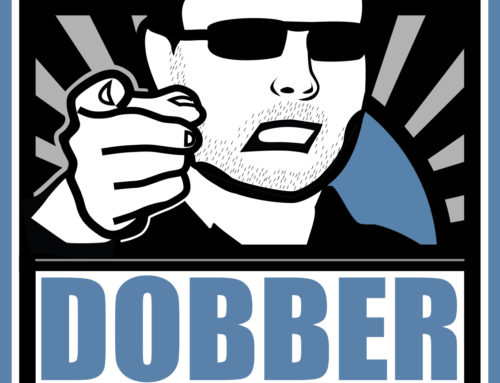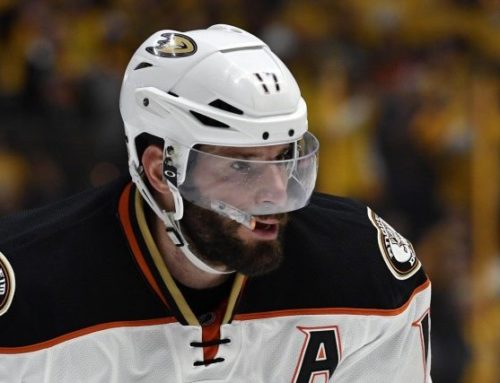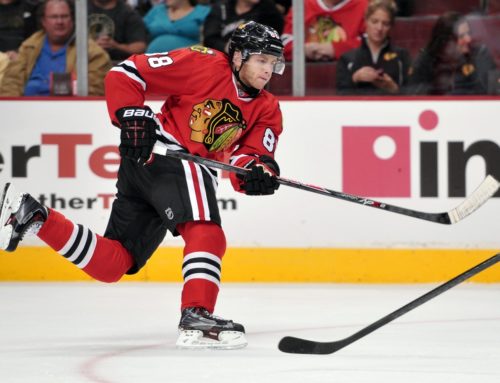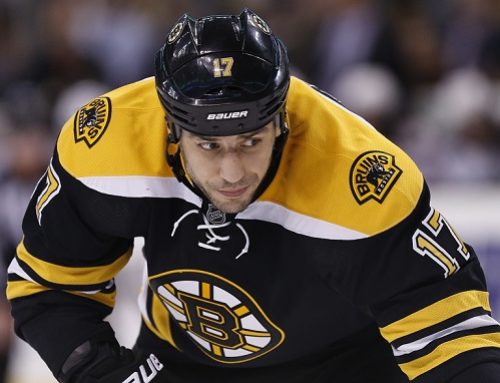
Why, all things being equal, the odds say you take the older established guy over the kid with upside.
You are in a one year pool. It's your pick and you've narrowed it down to 2 players. Player A is universally acclaimed as a potential sleeper pick due for a breakthrough year. Player B is a veteran whose numbers have hit a plateau and maybe even declined in the last few years. Who do you pick?
Most will take Player A for two reasons.
First, we are culturally conditioned to think that the new is going to overtake the old. You have subconscious reasons to draft younger. Your bias for youthfulness and newness is reinforced every day.
Second, you will have pressure from other people in your pool. The cool picks will be:
– The newly traded player who finds himself farther up the depth chart (Frolik in Winnipeg).
– The average player who lucks out and gets a surprise addition to his line (Anisimov with Gaborik on the wing in Columbus)
– The easily pushed off the puck lightweight who opts to train with Gary Roberts over summer and is in "the best shape of his life" (seemingly half the league).
These are the picks that receive the grunt of affirmation from other 'in the know' poolies or even better, the rewarding, "Who? I didn't even have him on my list!"
But you might be wiser to fight the impulse for the new and the potential and go with the fading veteran because of something called the "Lindy effect".
Simply put, the Lindy effect states that the longer a technology has been around, the longer it is likely to stay around. So the Lindy effect argues that in 200 years we will likely still be using wheels (an ancient technology) but there is a lower probability we will be using cell phones (a new technology). There are exceptions to this effect – that is why it is an effect and not a rule.
Let's apply a modified version of the Lindy effect to fantasy hockey. Here it is:
The failure rate of the up and coming player is going to be higher than the failure rate of the veteran.
Let's look at a specific example to illustrate the point.
Dobber’s Fantasy Guide has Anaheim LW Silfverberg projected for 47 points and Detroit LW Johan Franzen getting 53. If you are torn between the two of them the modified Lindy effect pushes you towards Franzen. This is because the failure rate of the new (Silfverberg) is going to be higher than the failure rate of the old (Franzen). Or to put it another way, Franzen is more likely to keep doing what he has been doing than Silfverberg is to do it for the first time.
Now, there are reasons to go with Silfverberg, New team, new linemates, and untapped potential mean he could conceivably blow expectations out of the water and hit 70 points. It's highly doubtful, but way more likely than the "The Mule" hitting 70. No way Franzen surges like that. Is he going to get more ice time or better linemates this season than before? No. So if you want to take a home run swing, go with Silfverberg. He could get 70. But my point is that while he could get 70, he might not get 47. You know Franzen will get his 53.
It is not about potential but about probability. It's not about upside but about minimizing the downside. My advice to you? When most everything else is equal go with the fading star over the sleeper.





 EDM
EDM PIT
PIT TOR
TOR VAN
VAN FLA
FLA MIN
MIN DET
DET COL
COL BUF
BUF
